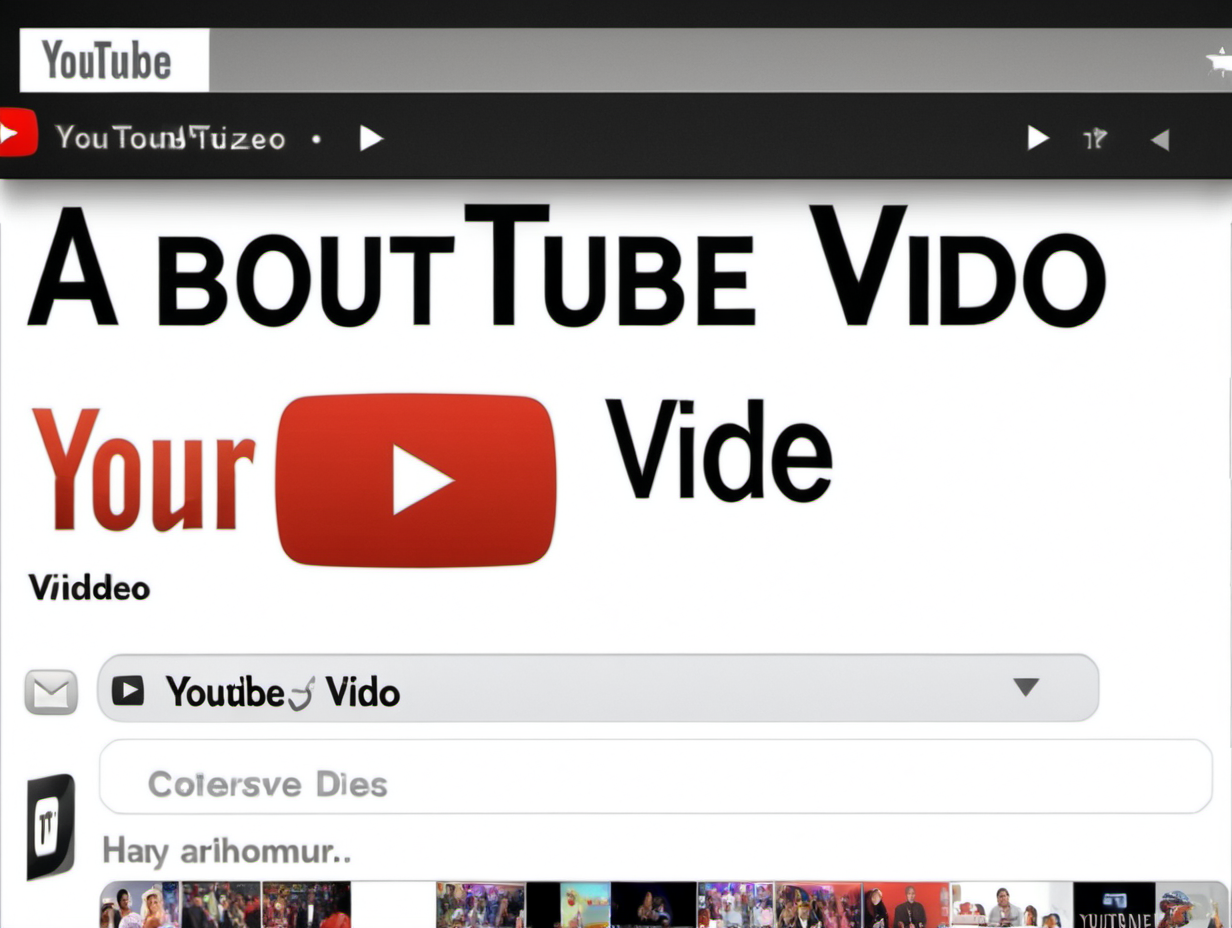BioGPT Generative Pretrained Transformer for Biomedical Text Generation and Mining Code Tutorial
Summary
TLDRIn this video, Ritesh Srinivasan introduces BioGPT, a biomedical generative pre-trained transformer developed by Microsoft Research and Peking University. He walks through its capabilities for generating biomedical text, performing zero-shot question answering, and more. Using a Colab notebook, he demonstrates how the model works, including text generation, embeddings, and downstream tasks like relation extraction and document classification. The video also highlights BioGPT’s architecture, pre-training on PubMed data, and its advantages over previous models like BioBERT. Viewers are encouraged to explore BioGPT’s features on Hugging Face and GitHub for further experimentation.
Takeaways
- 😀 Biogpt is a generative pre-trained transformer model designed for biomedical text generation and mining.
- 😀 The model is from Microsoft Research and Peking University, and its checkpoints are available on Hugging Face.
- 😀 Biogpt is based on the GPT-2 architecture, with 347 million parameters and fine-tuned on biomedical literature.
- 😀 It is specifically aimed at generating biomedical content, such as articles, summaries, and answering questions related to the field.
- 😀 The model uses a pipeline for text generation, allowing it to generate sequences based on input text, like biomedical topics and questions.
- 😀 Zero-shot question answering is one of Biogpt’s capabilities, though the quality of answers can vary depending on the input and model settings.
- 😀 The model can also be fine-tuned for downstream tasks like relation extraction, document classification, and question answering.
- 😀 The pre-training data for Biogpt includes 15 million PubMed abstracts and titles, filtered for relevance and quality.
- 😀 Biogpt can extract embeddings for downstream tasks such as entity recognition and text classification in the biomedical domain.
- 😀 Unlike models like BioBERT, Biogpt has generational capabilities, which enhances its ability to create coherent biomedical text from scratch.
- 😀 The Biogpt model is accessible via Hugging Face and GitHub, with examples and scripts for reproducing experiments from the paper.
Q & A
What is BioGPT?
-BioGPT is a generative pre-trained transformer model designed for biomedical text generation and mining. It was developed by Microsoft Research and Peking University.
What makes BioGPT different from previous biomedical models like BioBERT and PubMed?
-Unlike BioBERT and PubMed, which are primarily discriminative models, BioGPT adds generative capabilities, enabling it to generate biomedical text rather than just classify or extract information.
Where can BioGPT be accessed?
-BioGPT is available on Hugging Face, where users can access pre-trained model checkpoints. Additionally, the code and documentation can be found on GitHub.
What was demonstrated in the Colab notebook demo of BioGPT?
-The demo showed how to set up and use BioGPT for text generation and zero-shot question answering. It also highlighted how the model can generate biomedical text and answer questions based on a given context.
How does BioGPT handle text generation?
-BioGPT generates text by using a pipeline setup in the Hugging Face library. The model takes an input prompt and generates text based on biomedical knowledge learned during training.
Can BioGPT be used for tasks beyond text generation?
-Yes, BioGPT can be used for downstream tasks like question answering, relation extraction, and document classification by extracting embeddings from the model.
What is the size of BioGPT's vocabulary and model parameters?
-BioGPT has a vocabulary size of 423,844 tokens and contains 347 million parameters, which is smaller than GPT-3 but still powerful for biomedical applications.
How was BioGPT trained?
-BioGPT was trained on 15 million PubMed items (titles and abstracts) from before 2021. It uses the GPT-2 architecture as the backbone, with a multi-head attention mechanism and a standard language modeling task for training.
What are some of the tasks BioGPT was fine-tuned for?
-BioGPT was fine-tuned for tasks such as question answering, relation extraction, and document classification, which help it perform better on biomedical datasets.
How does BioGPT perform on biomedical tasks compared to previous models?
-BioGPT outperforms previous models like BioBERT and PubMed, particularly in generative tasks, and shows significant improvements in question answering and relation extraction tasks on biomedical datasets.
Outlines

This section is available to paid users only. Please upgrade to access this part.
Upgrade NowMindmap

This section is available to paid users only. Please upgrade to access this part.
Upgrade NowKeywords

This section is available to paid users only. Please upgrade to access this part.
Upgrade NowHighlights

This section is available to paid users only. Please upgrade to access this part.
Upgrade NowTranscripts

This section is available to paid users only. Please upgrade to access this part.
Upgrade NowBrowse More Related Video

ChatGPT Explained Completely.

What is ChatGPT? | The Hindu

Introduction to Generative AI and LLMs [Pt 1] | Generative AI for Beginners

ChatGPT Explained।आपके हर सवाल का जवाब देगा ये चैटबॉट? Google का खेल खत्म?।Open AI।Masterclass EP 14

Generative AI Vs NLP Vs LLM - Explained in less than 2 min !!!

7 GPTs GRATIS assolutamente da provare (nel 2024)
5.0 / 5 (0 votes)